La Palma, Spain

ABOUT
La Palma is one of Spain’s Canary Islands off northwestern Africa. Its rugged, forested terrain is dotted with volcanoes like Teneguía and Cumbre Vieja. The island’s capital, Santa Cruz de la Palma, is a port town with narrow cobbled streets and houses with wooden balconies. The Caldera de Taburiente National Park has a huge crater-shaped formation and is covered in pine forest and cut by waterfalls.
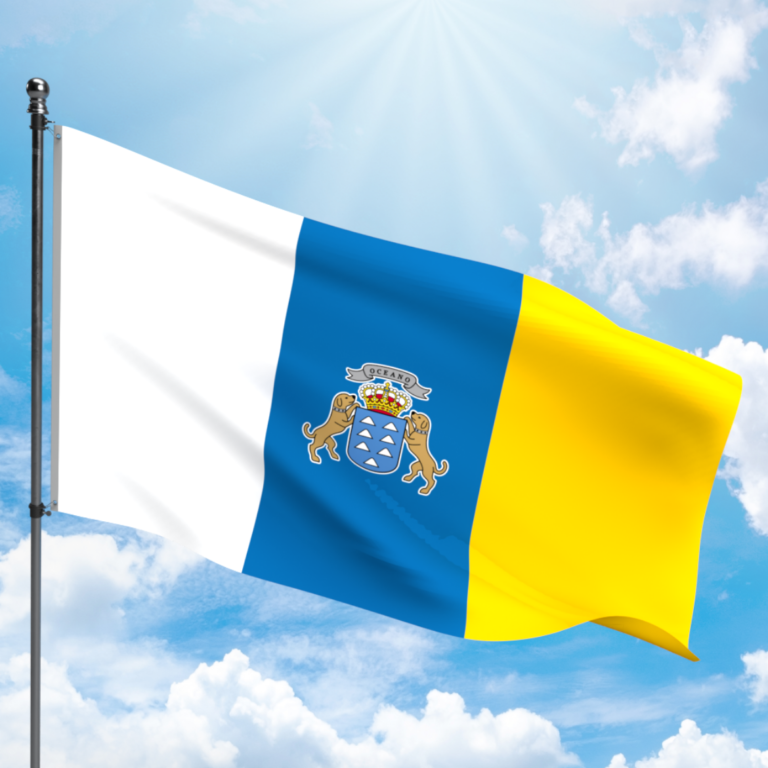
THINGS TO DO
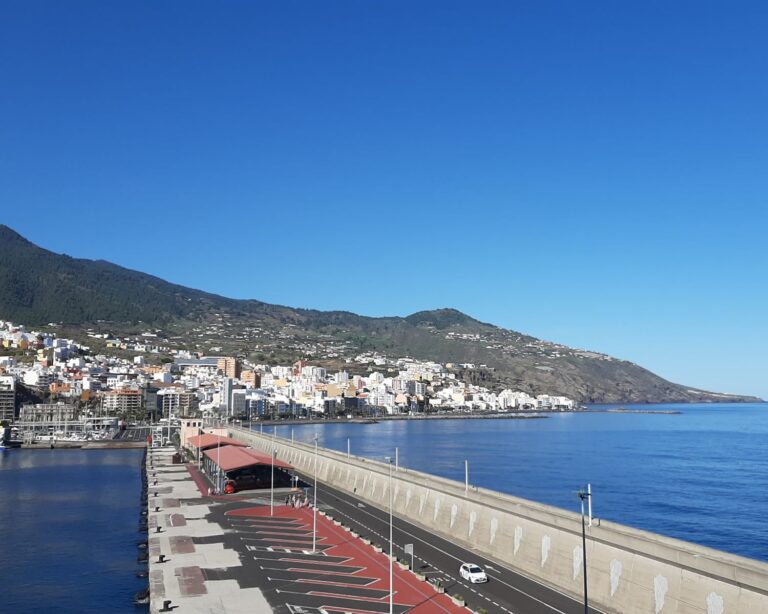
OUR FAVOURITE THINGS TO DO
We travelled to La Palma in 2023 aboard P&O Cruises Ventura.
During our most recent visit to La Palma we took an organised tour from the ship. Having been here before and not gone out of the town, we decided it would be interesting.
Well we certainly made the right choice. It was a beautiful day with the sun shining and warm weather. Our guide proved to be quite an entertainer and was very knowledgeable.
Leaving the port by coach we drove through the beautiful scenery of the National Park. In the distance we saw the Galileo Observatory before heading through the clouds to an inner part of the island.
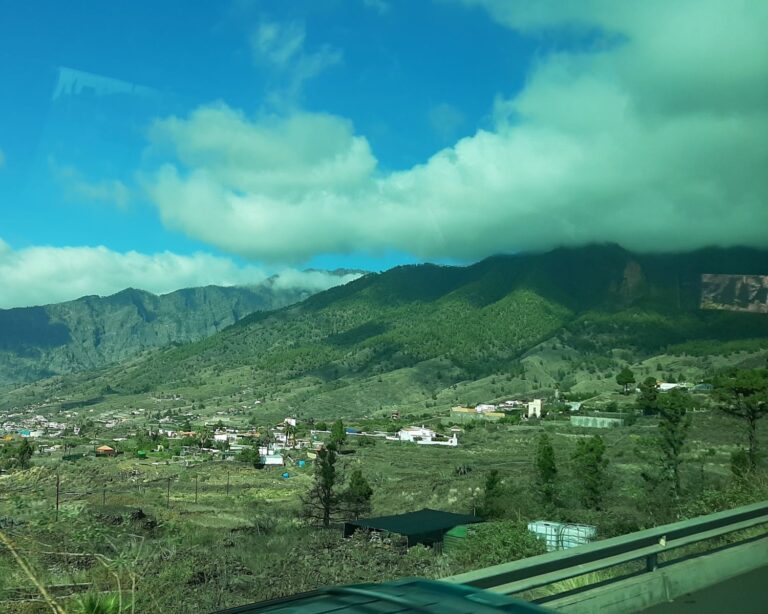
Silk Production
At one time, silk was made in all the Canary Islands, but since the 19th century, El Paso, in the centre of La Palma, is the only place which still produces it. They use an old fashioned, labour-intensive technique, the only place in Europe which still does so.
It was a real treat to go into this silk workshop called Las Hilanderas. We heard about the breeding and life cycle of the silk worm and then saw how silk cocoons are processed. It was amazing to see the intracacies of this process, the colours and the natural dyes. The silk is spun by hand on looms that are many generations old and they had many exquisite exhibits – carefully protected in sealed display cases.
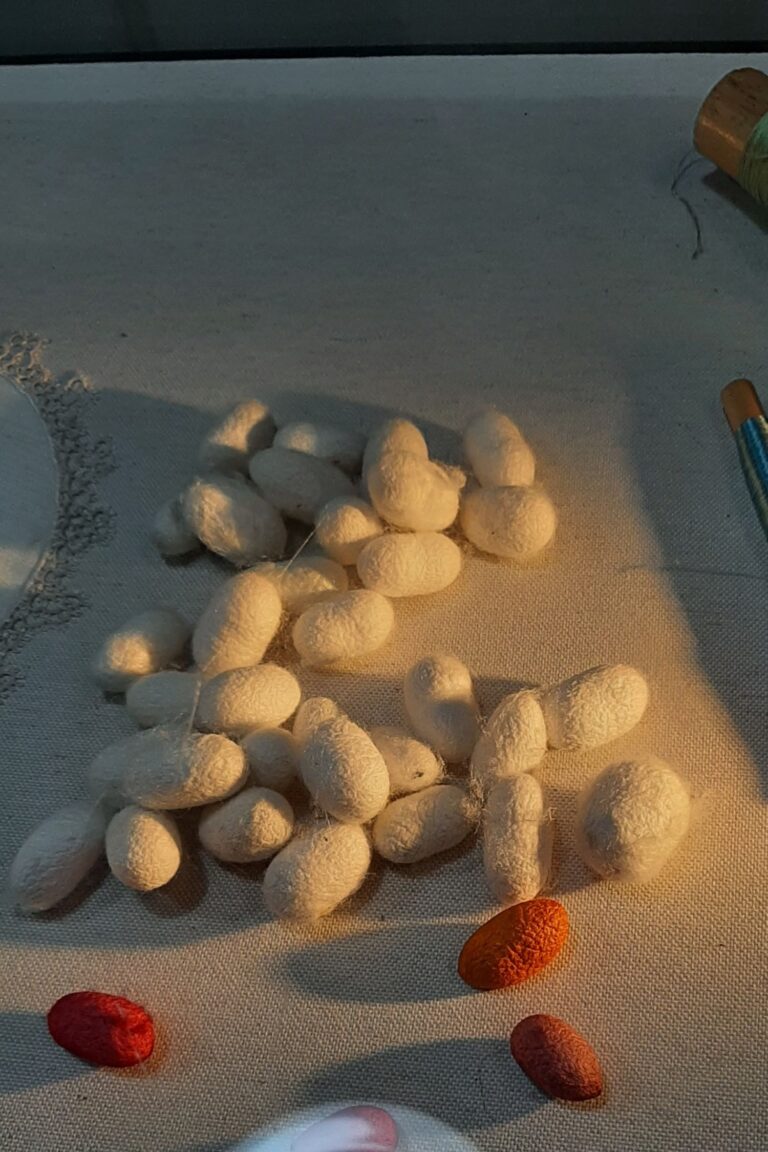

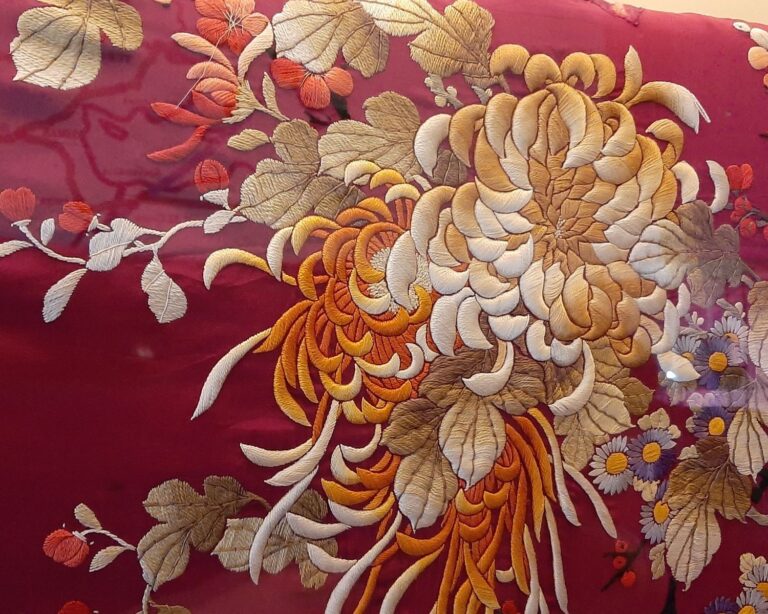
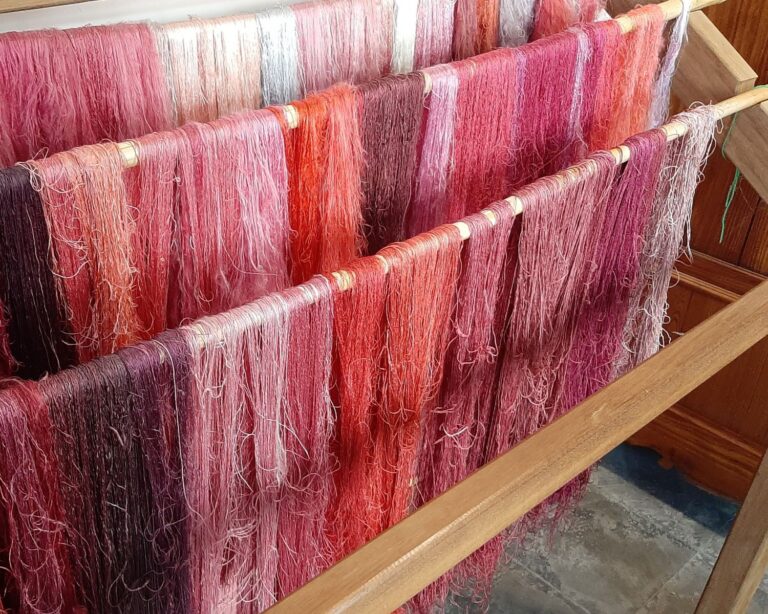
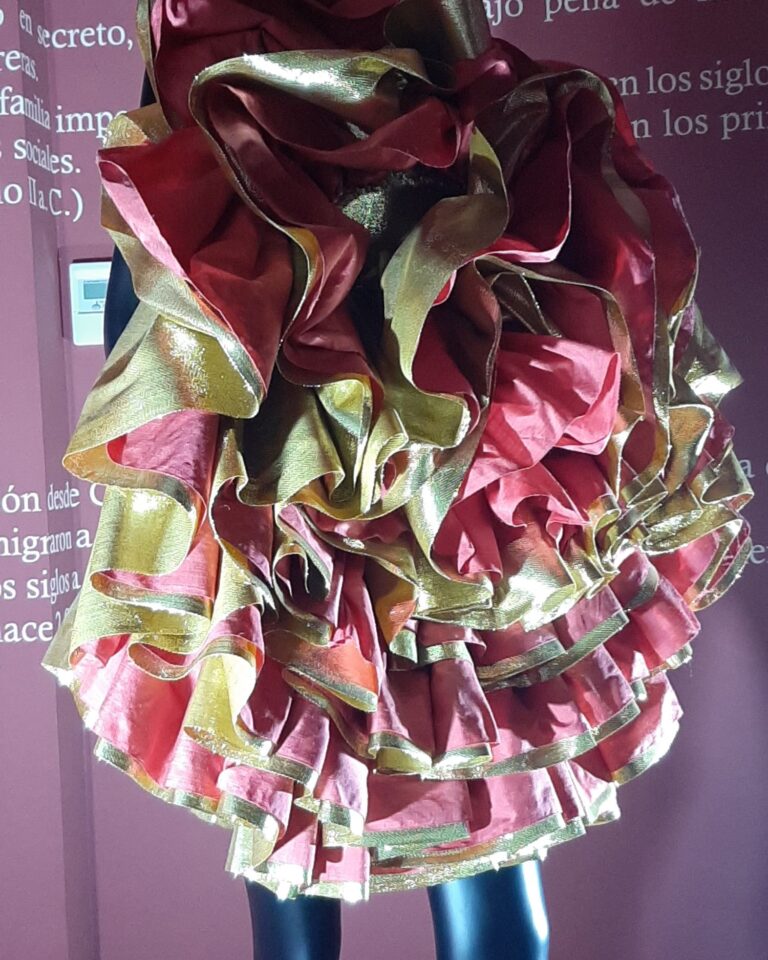
Our next stop was in Los Llanos de Aridane to stroll through the municipal park. It is a park with a difference. Named after Antonio Gomez Felipe, it features general park areas, a grotto and stunning mosaics by Luis Morera and remeniscent of gardens in Barcelona.


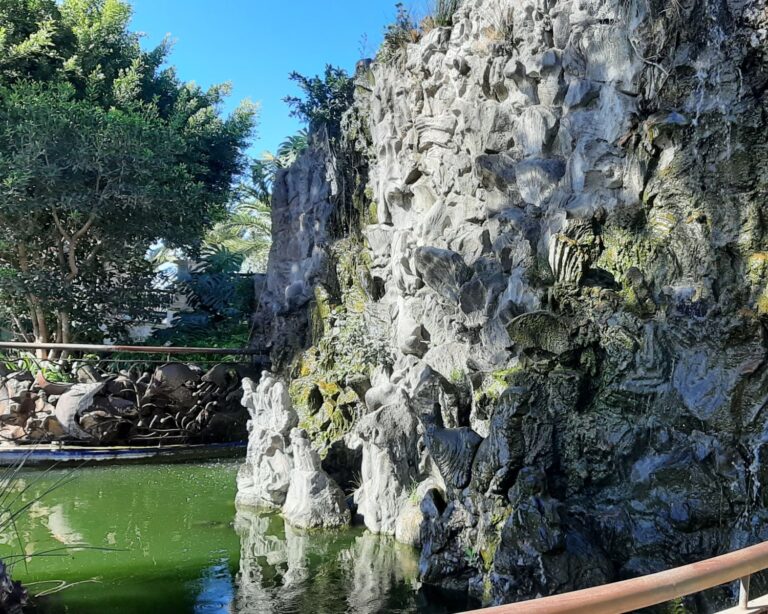
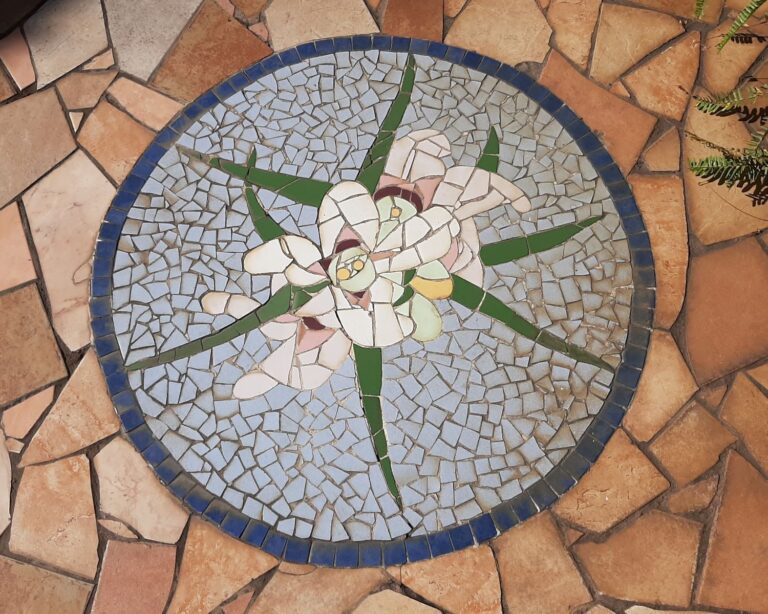
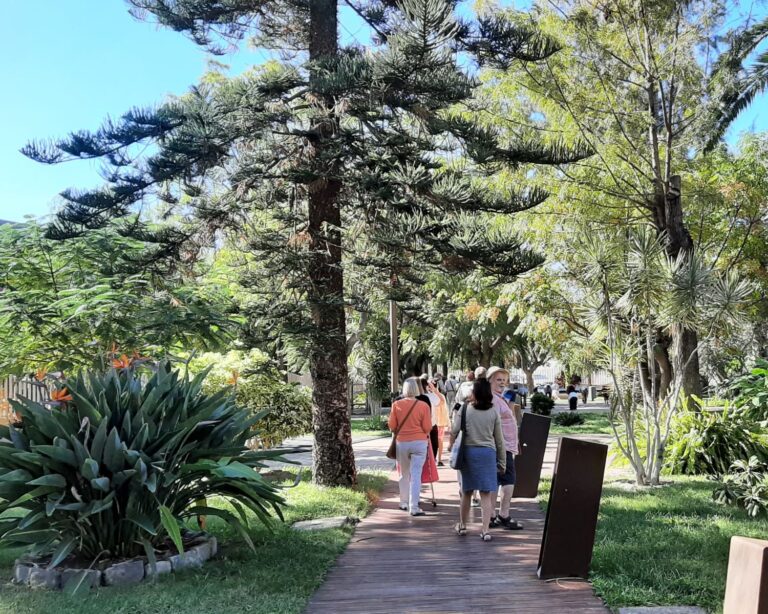
Going Bananas
Our last visit was to the Hotel Hacienda de Abajo situated in the Tazacorte quarter of La Palma. Built originally as a Sugar estate and dating back to the 17th Century, the site has deveoped over the years. Growing sugar turned to bananas and now the manor house has been turned into an exclusive hotel.
The property still retains most of its original features and houses many rare pieces of artwork and artifacts. One of the bedrooms still uses a 4-poster bed from the early days and is thought to be the oldest piece in the manor.
The gardens are beautiful and it is here that the group stopped for a coffee, local cake and a banana – of course!
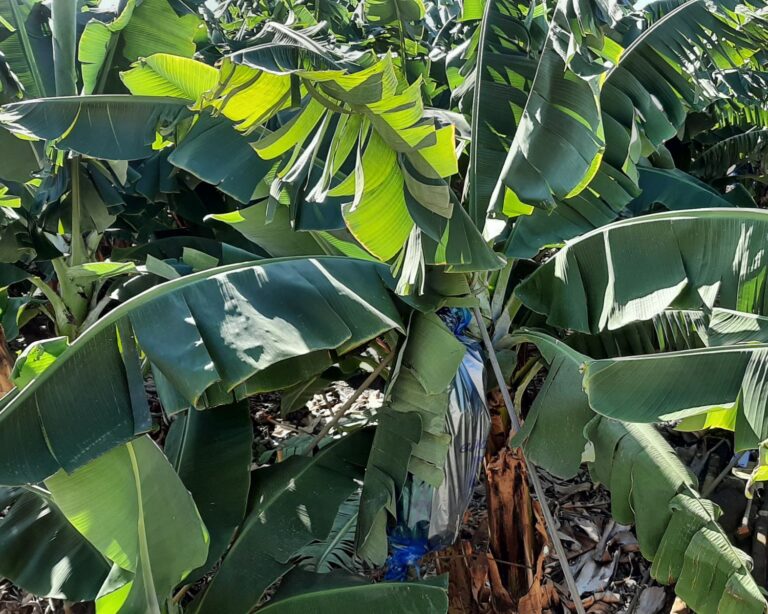
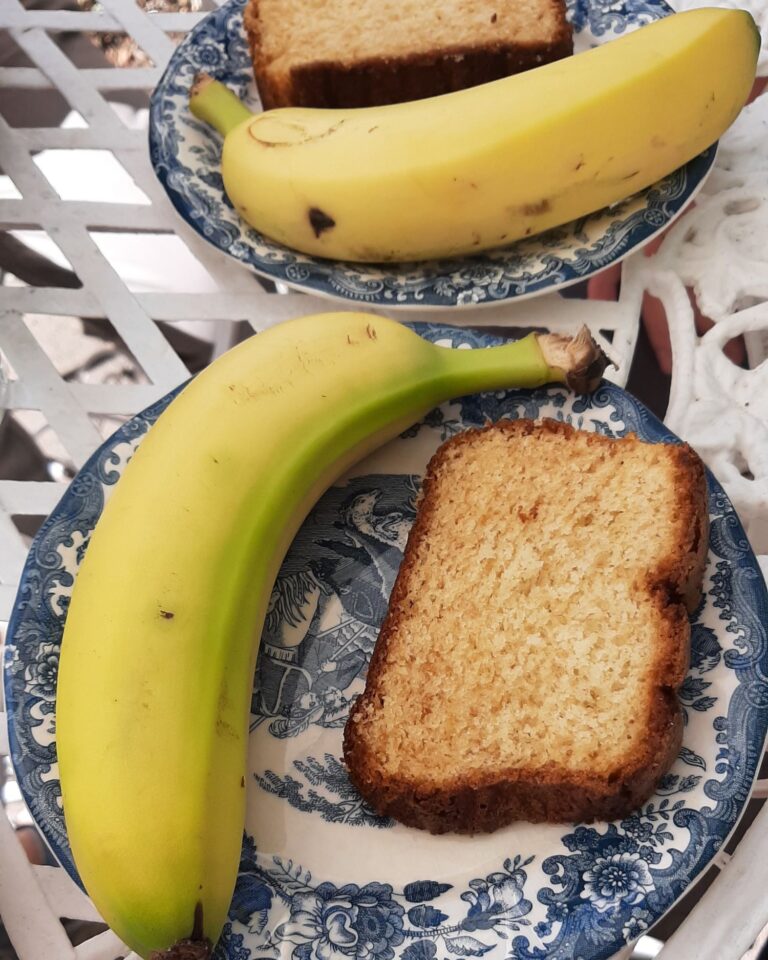

To check out our experiences on La Palma Island just click the video below – and if you enjoy the content simply ‘Like’ and ‘Subscribe’ to see more (subscription is free).
